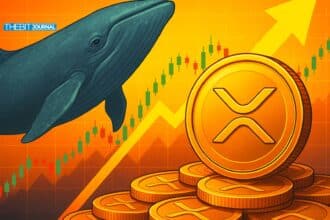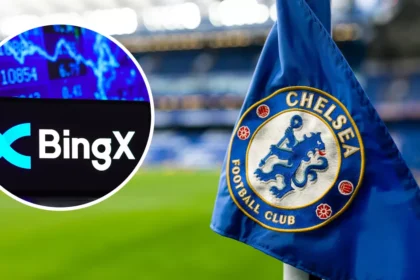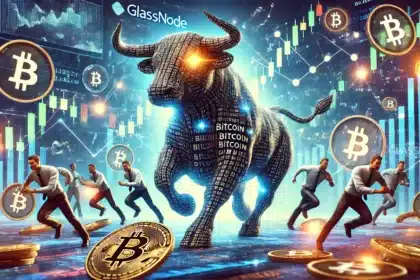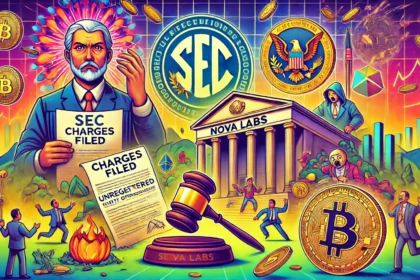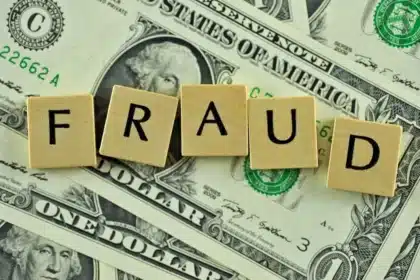Pi Network token futures have made a big splash in the derivatives market with Kraken announcing perpetual futures for the network’s native asset, PI, on May 23. This is Pi Network’s first major foray into derivatives and offers investors exposure to PI price movements with up to 20x leverage, potentially leading to more upside and equally more risks.
However, the market has been mixed with the token’s price dropping 5.33% to $0.77 in the 24 hours since the launch. As at the time of this writing, Pi has been up 2.24% to $0.7806 in the past 24hrs.
Institutional Interest Despite Uncertainty
The introduction of Pi Network token futures on Kraken means institutional interest in the project is rising. Kraken’s Pro platform now has perpetual futures across over 360 markets with more than 40 collateral options, including PI.
These are different from traditional futures as they don’t expire and you can hold positions indefinitely while paying funding fees. This allows for speculation without having to hold the underlying token.

Howevwer, some experts say Pi’s fundamentals are still unclear. Despite the derivatives debut, Pi is still not listed on major spot exchanges like Coinbase and Binance, hence overall market access is limited. Institutional traders are showing interest but ongoing concerns about Pi Network’s centralization, distribution structure and regulatory exposure are causing skepticism.
Distribution and Decentralization Issues
Based on reports, 60% of PI tokens are still controlled by the core team, a concentration that’s causing centralization issues. This is further complicated by the network’s reliance on validator nodes in Vietnam, a region that’s getting increasingly strict on cryptocurrency regulations. According to a Chainalysis 2024 report, Vietnam’s evolving crypto rules could disrupt validator nodes and affect the network’s decentralization goals.
Analysts have aired that Pi Network’s validator concentration in Vietnam, combined with the evolving regulatory frameworks in the region, raises serious questions about its long term viability and ability to decentralize.
Market Volatility and Liquidity Risks
The derivatives listing has coincided with increased market volatility. After briefly hitting $1.50 earlier this month, PI has dropped nearly 50% and is underperforming broader market indices. Kraken’s leveraged futures will introduce liquidity but the risk of liquidations on both long and short positions will amplify short term volatility.
As some analysts put it, leverage amplifies both gains and losses and with perpetual futures, one needs to monitor funding rates and market sentiment to avoid getting liquidated.
This has led to speculation that short sellers will use the new instruments to put pressure on PI prices and trigger big and unpredictable price moves.
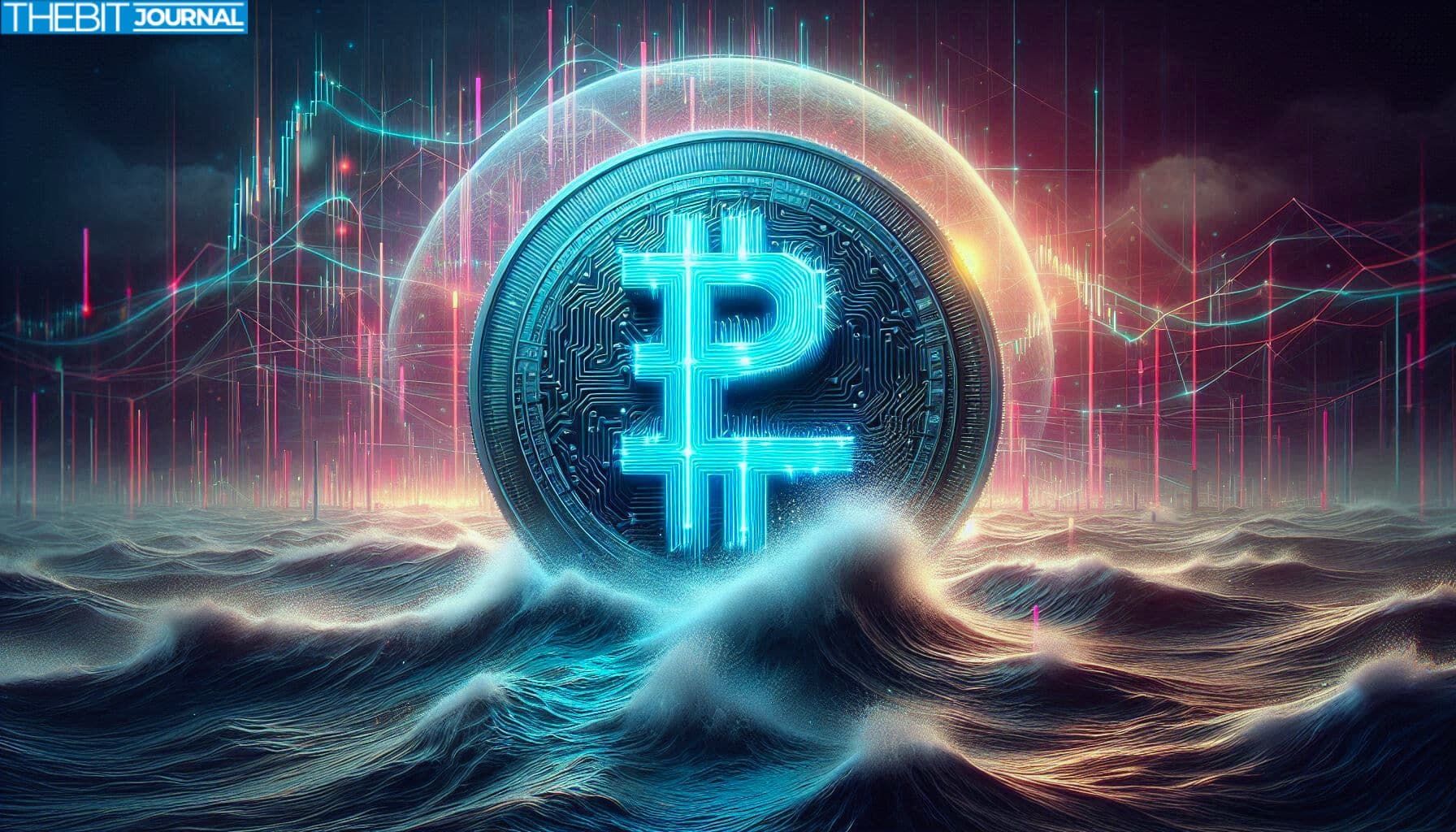
Implications Amid Regulatory Headwinds
The perpetual futures listing brings more visibility to Pi Network but also exposes the token to a more complex and riskier market. Without a spot exchange listing and with many questions around decentralization and validator governance, the long-term outlook is unclear. Vietnam’s upcoming regulations on crypto assets will further restrict validator activity and centralization concerns.
But the listing does show growing institutional interest in blockchain projects testing new distribution models even with regulatory uncertainty. The larger market’s reaction to Pi’s derivatives launch will set the tone for how exchanges and regulators view similar projects in the coming months.
Conclusion
The launch of Pi Network token futures on Kraken shows both the token’s growing institutional appeal and its deep-seated structural problems. While perpetual futures offer new ways for investors to speculate on PI’s price, the questions around decentralization, governance and regulatory compliance remain unanswered.
The coming months will be important in determining if Pi Network can navigate these issues or if its derivatives debut will be a cautionary tale in the crypto markets.
Follow us on Twitter and LinkedIn, and join our Telegram channel.
FAQs
What are Pi Network token futures?
Pi Network token futures are derivatives introduced by Kraken that allow you to speculate on PI’s price with up to 20x leverage.
Why did Kraken list Pi Network token futures?
Kraken listed Pi Network token futures to meet growing institutional demand for crypto products, even though PI is not listed on some major spot exchanges.
Is Pi Network decentralized?
There are concerns about Pi Network’s decentralization as 60% of PI tokens are reportedly controlled by the core team and validator nodes are concentrated in Vietnam.
How do perpetual futures differ from traditional futures?
Perpetual futures have no expiration; you can hold positions indefinitely, with funding rates determining the cost or income of holding positions.
What are the risks of trading PI perpetual futures?
High leverage amplifies gains and losses, and market liquidity risks can lead to extreme volatility, especially in a bear market.
Glossary
Perpetual Futures: Futures with no expiration, where funding rates are paid to keep positions open.
Leverage: Borrowed capital used to increase potential return on investment.
Validator Nodes: Nodes that maintain the blockchain’s consensus mechanism.
Decentralization: Distribution of control and governance across multiple participants rather than a centralized authority.
Funding Rates: Periodic payments between long and short futures contract holders to maintain price alignment with the spot market.
Sources
